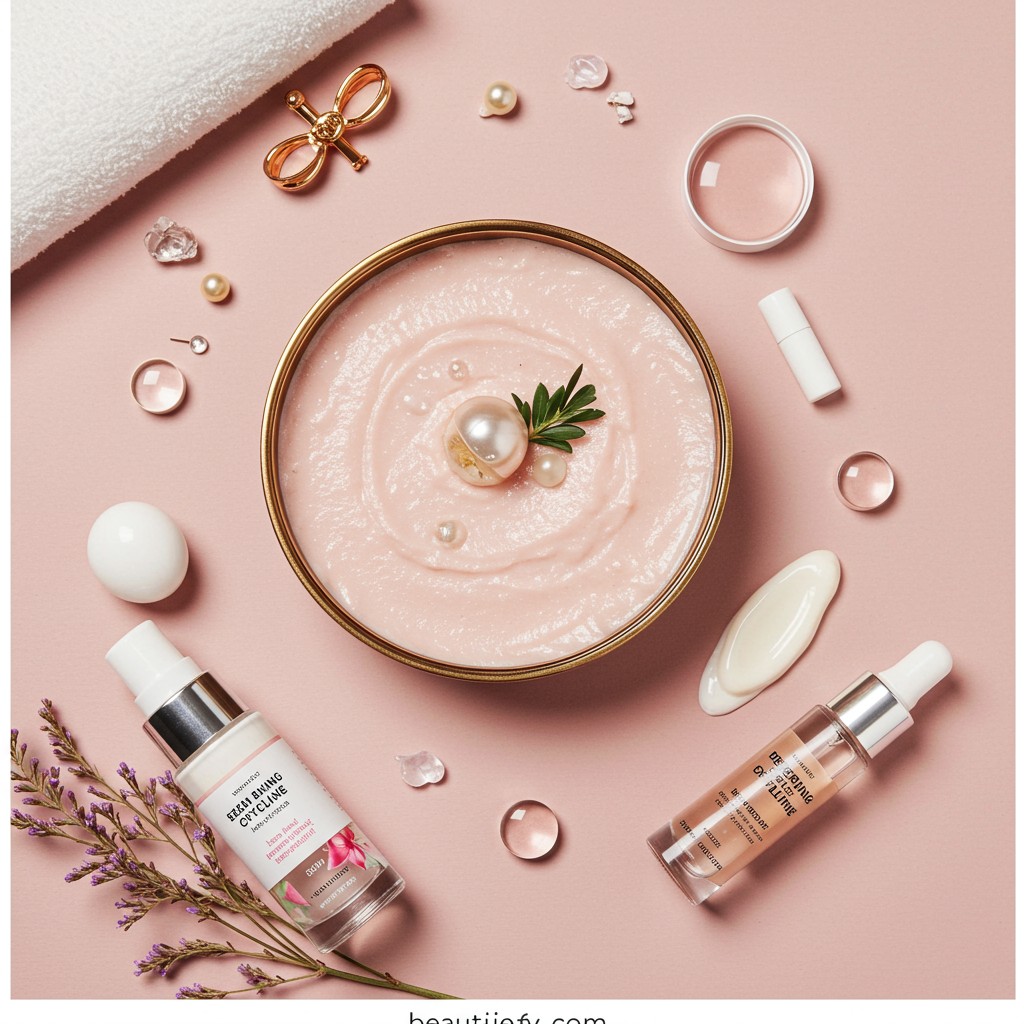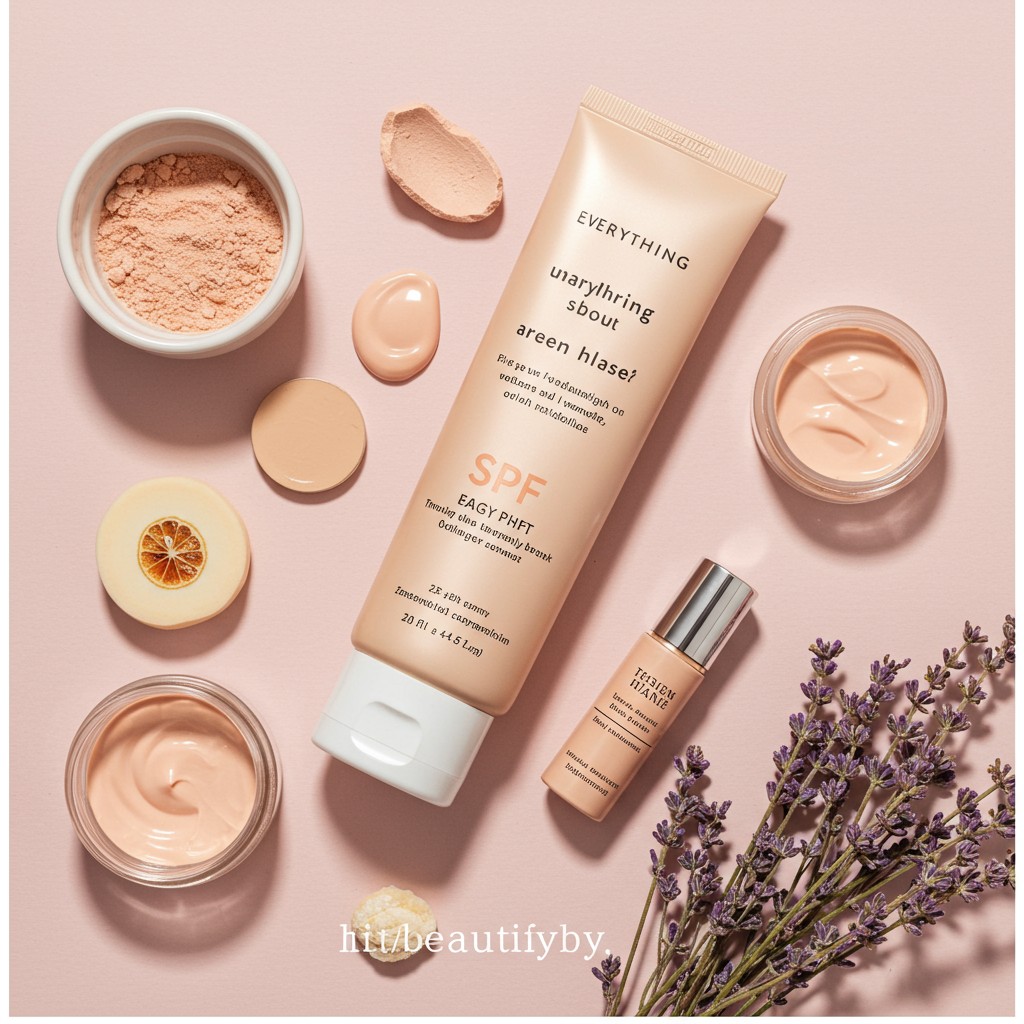You’ve likely heard the term “skin barrier” thrown around in the beauty world, but what exactly is it, and why does it matter so much? Think of your skin barrier as the gatekeeper for your skin. It’s the outermost layer, and its health is fundamental to achieving a radiant, resilient complexion. Understanding what the skin barrier is and how to care for it can transform your skin from irritated and reactive to calm and glowing.
The anatomy of your skin barrier
The skin barrier, also known as the stratum corneum, is often described using a “brick and mortar” analogy. The “bricks” are tough skin cells called corneocytes, and the “mortar” is a lipid matrix composed of ceramides, cholesterol, and fatty acids. This tightly woven structure has two main jobs: to keep the good things (like water) in and the bad things (like pollutants and bacteria) out. A healthy barrier is essential for maintaining proper hydration and protecting your body from environmental aggressors.
Recognizing damaged skin barrier symptoms
When your skin barrier is compromised, it can no longer perform its protective duties effectively. This can lead to a host of problems. The most common damaged skin barrier symptoms include:
- Increased Sensitivity: Your skin may react to products that it previously tolerated well.
- Redness and Inflammation: A weakened barrier can lead to a persistent, flushed appearance.
- Dehydration and Dryness: Gaps in the “mortar” allow water to escape, leading to tightness and flakiness.
- Itchiness or a Stinging Sensation: Irritants can penetrate the skin more easily, causing discomfort.
- Breakouts: When the barrier is weak, bacteria can enter pores more easily, leading to acne.
Several factors can damage your skin barrier, including over-exfoliating, using harsh products, sun exposure, stress, and even a lack of sleep.
How to repair skin barrier function
The great news is that with a little TLC, you can restore a damaged skin barrier. The key is to be gentle and focus on replenishing what’s been lost. The first step in how to repair skin barrier is to simplify your routine. Strip it back to the essentials: a gentle cleanser, a hydrating serum, a nourishing moisturizer, and, of course, sunscreen in the morning.
Look for products formulated with ingredients that mimic the natural components of your skin barrier. A good barrier cream will be rich in ceramides, cholesterol, and fatty acids. Other powerhouse ingredients include niacinamide, which helps improve lipid production, and hyaluronic acid, which boosts hydration. Give your skin a break from strong active ingredients like high-concentration retinoids and exfoliating acids until it feels calm and balanced again.
Protecting and nurturing your skin barrier is one of the most important things you can do for your skin’s long-term health. It’s the secret to a complexion that is not only beautiful but also strong and resilient. To find the perfect products to support your skin’s first line of defense, explore the gentle and effective options in the ScentSphere shop. Your skin will thank you for it.
What are the signs of a damaged skin barrier
Common signs include redness sensitivity dehydration itchiness and increased breakouts. Your skin may feel tight or look inflamed.
How long does it take to repair a damaged skin barrier
It can take anywhere from a few weeks to several months depending on the extent of the damage and your skincare routine. Consistency is key.
What are the best ingredients for supporting a healthy skin barrier
Ceramides fatty acids and cholesterol are excellent. Niacinamide and hyaluronic acid also help to strengthen and hydrate the skin barrier.








